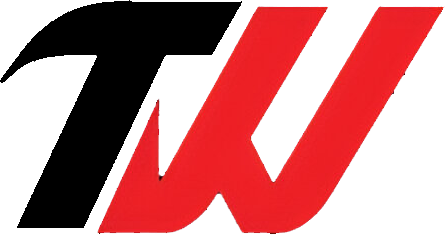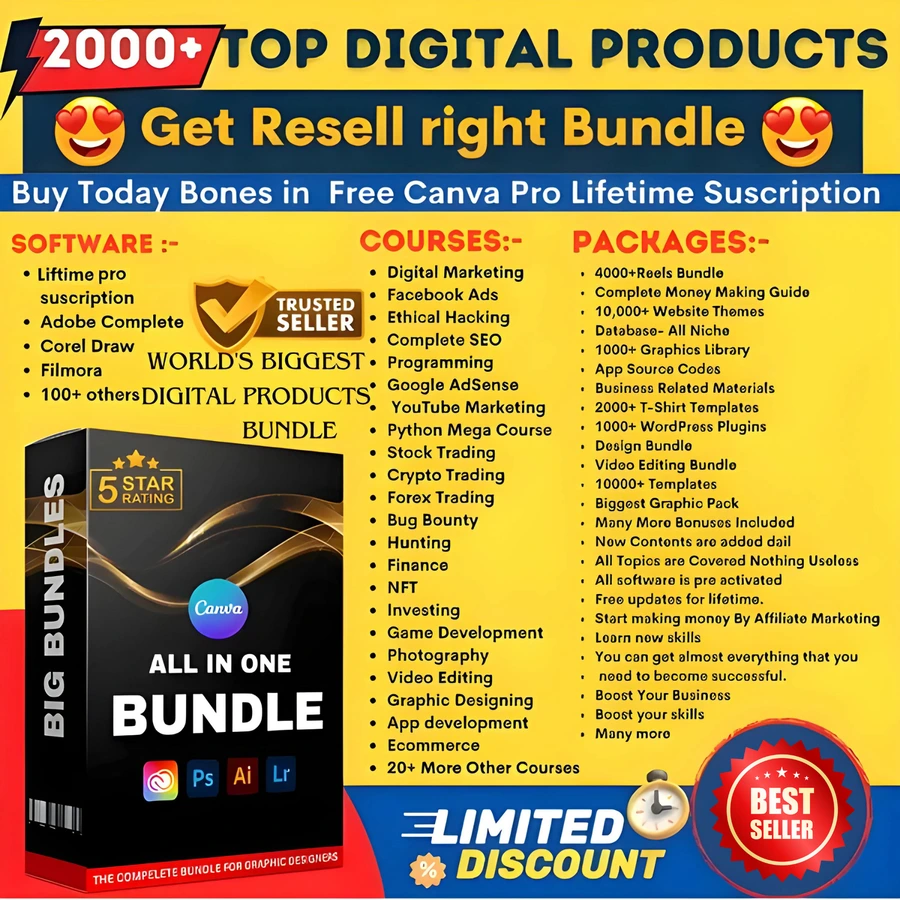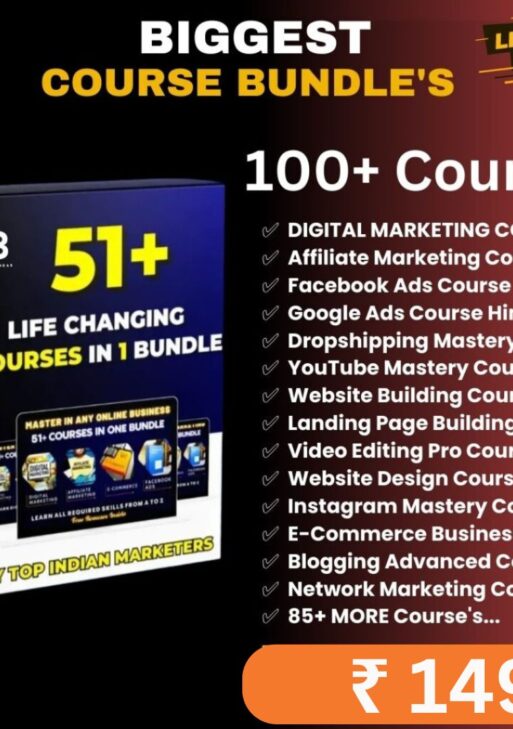Introduction: The Promise of Digital Freedom
Let’s be honest. The dream of quitting your 9-5 job is often buried under a mountain of complex advice: “Start a YouTube channel,” “Build an affiliate marketing empire,” or “Become an Instagram influencer.” These paths are crowded, time-consuming, and often require you to be the product.
There’s a simpler, more elegant path: selling digital products.
Unlike physical goods, digital products have immense advantages:
- Zero Inventory: You never run out of stock.
- Instant Delivery: Automated systems send the product the moment payment is received.
- High Profit Margins: After the initial creation cost, every sale is pure profit.
- Truly Passive: They can earn money for you while you sleep, travel, or focus on other things.
This guide isn’t about theory. It’s a tactical plan built on two decades of SEO and market analysis. We will focus on low-competition, high-intent niches that you can dominate with minimal daily effort. The goal? To build a revenue stream that empowers you to reclaim your time.
Why “Low Competition” is Your Greatest Advantage
Most beginners make a critical mistake: they enter oversaturated markets. Trying to sell a “generic meditation journal” or a “standard resume template” is a battle against thousands of others.
The strategy is to win through specificity. This is a core SEO principle. Instead of competing for broad, high-volume keywords, you target long-tail keywords—highly specific search phrases that have less competition but stronger buyer intent.
Example and Proof:
- Broad Keyword: “Resume Template” (Google Keyword Planner shows high competition)
- Specific, Low-Competition Keyword: “ATS-Friendly Word Resume Template for Project Managers” (Lower competition, but the person searching this is ready to buy now).
By micro-niching down, you aren’t just avoiding competition; you’re speaking directly to a desperate buyer who can’t find what they need elsewhere. This is the foundation of our approach.
The 5 Best Low Competition Digital Products (Deep Dive)
Here are the five product categories I’ve vetted for low competition, high profitability, and ease of creation.
1. Niche-Specific Printable Planners
The Concept: While basic planners are crowded, planners designed for specific communities with unique needs are not. These audiences are highly engaged and willing to pay for solutions tailored to them.
Why It Works:
- Proof of Demand: On Etsy, searching for “ADHD Planner” returns over 24,000 results. However, searching for “ADHD Planner for Moms” cuts that number significantly, indicating a more specific, less-served niche. Many of these listings have thousands of sales.
- Ease of Creation: A tool like Canva Pro ($12/month) has all the templates and elements you need. You don’t need to be a graphic designer.
Real-World Example: Instead of a “Fitness Planner,” create a “Postpartum Fitness Recovery Tracker & Planner.” This targets a very specific life stage with unique challenges. Another example is a “Grieving Journal with Daily Prompts” – a sensitive but needed niche.
Where to Sell: Etsy, Gumroad, your own WordPress site with WooCommerce.
Potential Monthly Earnings: $500 – $2,500
2. Specialized Notion / Trello Templates
The Concept: The productivity tool space is exploding. Millions use Notion and Trello, but most don’t know how to build sophisticated systems for their specific goals. You can sell that expertise in a template.
Why It Works:
- Proof of Demand: Gumroad and the official Notion Template gallery are filled with success stories. Templates like “Ultimate Brain” by August Bradley have generated an estimated six figures in revenue.
- Low Creation Cost: You are packaging your organizational knowledge. If you have a system for managing your freelance business, you can template it.
Real-World Example: Don’t sell a “General Project Management Template.” Sell a “Notion Template for Solopreneurs to Manage Clients, Invoicing, and Social Media” or a “Trello Dashboard for Academic Researchers Writing a Thesis.”
Where to Sell: Gumroad, Notion Template Gallery, Pinterest (for promotion).
Potential Monthly Earnings: $300 – $2,000
3. ATS-Optimized Resume Templates for Specific Careers
The Concept: Over 95% of Fortune 500 companies use Applicant Tracking Systems (ATS) to scan resumes. Most beautiful resumes fail these scans. There is a huge demand for templates that are both aesthetically pleasing and ATS-friendly.
Why It Works:
- Proof of Demand: Google Trends shows consistent, high-volume searches for “ATS Resume.” On Etsy, shops like **HappyDownloads have over 40,000 sales selling primarily resume templates.
- Evergreen Market: People will always be applying for jobs.
Real-World Example: Create a bundle: “The ATS-Friendly Resume & Cover Letter Bundle for Data Scientists (Word & Google Docs)“. You’re targeting a high-income profession with very specific needs.
Where to Sell: Etsy, Creative Market, your own website.
Potential Monthly Earnings: $400 – $1,500
4. AI-Generated Stock Media (Photos/Graphics)
The Concept: The demand for unique, non-cliché stock photos is endless. With AI tools like Midjourney, DALL-E 3 (via ChatGPT), and Stable Diffusion, you can generate hyper-specific images in minutes that traditional stock sites don’t offer.
Why It Works:
- Proof of Demand: Shutterstock alone paid out over $100 million to contributors in a recent year. The key is niching down.
- Infinite Creation: You are limited only by your imagination. Need 100 images of “a futuristic coffee shop on Mars”? You can generate them in an hour.
Real-World Example: Don’t upload generic “business people smiling.” Generate and sell packs of “AI Generated Stock Photos of Sustainable Architects Reviewing Blueprints” or “Minimalist Japanese-Inspired Graphic Design Elements.”
Where to Sell: Shutterstock, Adobe Stock, EyeEm, and your own blog as themed packs.
Potential Monthly Earnings: $200 – $1,000+ (scales with portfolio size)
5. Micro-Niche eBooks & Guides (20-30 pages)
The Concept: Forget 300-page books. The modern buyer wants hyper-focused, actionable guides that solve one specific problem quickly. These are often called “micro-eBooks” or “guides.”
Why It Works:
- Proof of Demand: The entire “Make Money on Redbubble” niche is built on this. People don’t want a book on “graphic design”; they want “How to Sell Stickers on Redbubble: A Complete 2024 Guide.”
- Speed: You can write a 25-page guide in a weekend or outsource it affordably on platforms like Fiverr.
Real-World Example: Instead of “A Guide to Gardening,” write “The Balcony Hydroponics Guide: Grow Vegetables in Your Apartment in 30 Days.” You’re solving a clear problem for a specific person.
Where to Sell: Amazon KDP (Kindle Direct Publishing), Gumroad, Payhip.
Potential Monthly Earnings: $300 – $3,000 (depending on marketing)
Your 1-Hour-A-Day Action Plan for low competition digital products: The “Freedom Framework”
This system is designed for consistency, not burnout.
- Days 1-2 (Weekend – Creation Batch): Dedicate 2-3 hours to create your first product. Use the examples above. Choose one niche and build one product.
- Day 3 (Monday – 1 Hour): Set up your “storefront.” This could be an Etsy shop or a Gumroad account. Write a compelling product description using the keywords we discussed. Upload your product.
- Day 4 (Tuesday – 1 Hour): Create a simple Pinterest pin for your product using Canva. Write a description with relevant keywords and link it to your product.
- Day 5 (Wednesday – 1 Hour): Find two relevant subreddits or Facebook groups. Do not spam. Engage in conversations. When relevant, and if the rules allow, share your product as a helpful resource.
- Day 6 (Thursday – 1 Hour): Write a short 300-word blog post on your own website (if you have one) related to your product. For example, “5 Tips for Staying Organized with ADHD” if you sell an ADHD planner. This is powerful for SEO.
- Day 7 (Friday – 1 Hour): Analyze what’s working. Check your views on Etsy or Gumroad. See which Pinterest pins get clicks. Adjust for next week.
Rinse and repeat. Once one product is selling, use your hourly sessions to create the next one.
Conclusion: Your Journey Starts Now
The biggest barrier to escaping the 9-5 grind isn’t a lack of ideas—it’s overwhelm and inaction. You now have a curated list of proven, low-competition digital products and a simple, sustainable plan to launch them.
The data doesn’t lie. These markets are hungry for quality products. Your expertise, even as a beginner, is valuable to someone.
Your mission, should you choose to accept it: This week, take just one of the 1-Hour blocks outlined above and start. Open a Canva account. Brainstorm a product idea. Take one tangible step.
The path to freedom is built one hour, one product, and one sale at a time.
What’s the first digital product you’re going to create? Share your commitment in the comments below to make it official!










